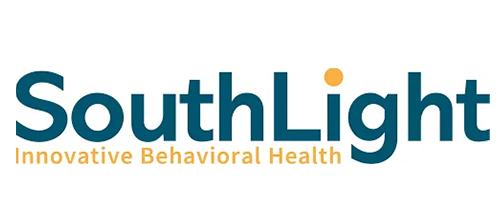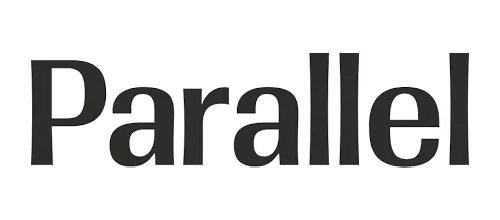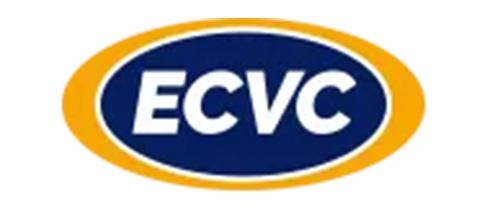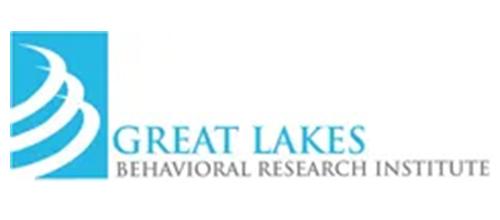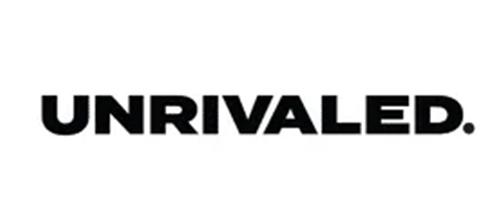
The first day of work is critical for both new hires and organizations.
This is the first time a new hire takes part in regular day-to-day activities, works closely with team members, and experiences an organization’s culture firsthand. However, onboarding new employees is sometimes easier said than done, as employees are not always fully impressed with their onboarding experience.
Top Employee Complaints on Onboarding

Overloading New Hires- From picking out an outfit to choosing where to sit for lunch, the first day of work is nothing less than overwhelming. Filling out mounds of paperwork and on the job, training adds to the stress and can leave new hires feeling lost.
Lack of Communication- Nothing is worse than accepting a job offer and then not hearing from an employer until the first day. No communication can make a new hire feel unwelcomed and isolated right from the start.
Length of Time- Onboarding new employees take up the time of all parties involved. There are two sides of the spectrum: Employees that believe the onboarding process is not long enough and employees that find the onboarding process to be repetitive and dragged out.
Top Features Onboarding Technology Should Include

Although the cost of implementing onboarding software can be daunting, the ROI and additional benefits that your organization will reap are invaluable. Be sure your onboarding software encompasses these three features:
Self-Service– New hires can enter personal information, manage tax forms, and upload important documents without the assistance of the HR department. With self-service functionality, new hires are able to complete paperwork and administrative tasks before their first day.
Integration with HR, Payroll, and Benefits– Personal documents, tax information, and other data that’s captured during employee onboarding can flow directly to HR, Payroll, and Benefits. This increases data accuracy and saves time for both new hires and the HR department.
eSignature– Stop wasting paper and eliminate the hassle of printing, signing, scanning, and re-uploading documents. Offer a 100% paperless enrollment experience that allows new hires to simply sign documents right from their screen.
Making Onboarding Strategic

Even with the best onboarding technology, your organization needs to have a strategic plan in place to ensure successful employee onboarding. Here are a few key questions to have answered before bringing on new employees:
- Who is involved? Bringing on new hires is a team effort. Whether it’s getting email accounts set up, ordering new equipment, or approving paperwork, make sure everyone in your organization is aligned and aware of their responsibilities.
- What are your goals? Your people are your organization’s biggest investment. Define what you want the talent outcomes to be and continuously brainstorm ways to improve and evolve employee onboarding.
- When does onboarding begin? Successful organizations are beginning the onboarding process before the first day of work. Keep the momentum going and ensure a productive first day filled with actual on the job learning.
Listening to your people, investing in the proper tools, and developing a strategic plan are just a few ways in which you can take employee onboarding to the next level. Be sure to take the first steps in developing a relationship between the employer and employee- it will leave a lasting impression.
Psst: Our newsletters are basically
HR cheat sheets, delivered to
your inbox
Find daily inspiration and get tips for your day
Network with us on LinkedIn
Love tips and the occasional freebie?
Like us on Facebook
On the count of 3,
get ready to
say cheese!
We’re on Instagram
The best 280 characters you’ll ever read
Follow us on Twitter
Watch demos, learn features and much more
Subscribe to our channel





